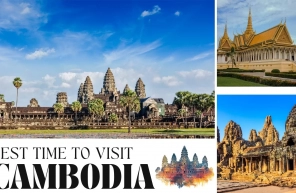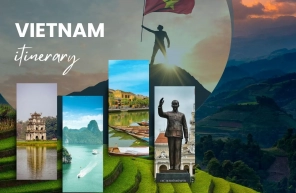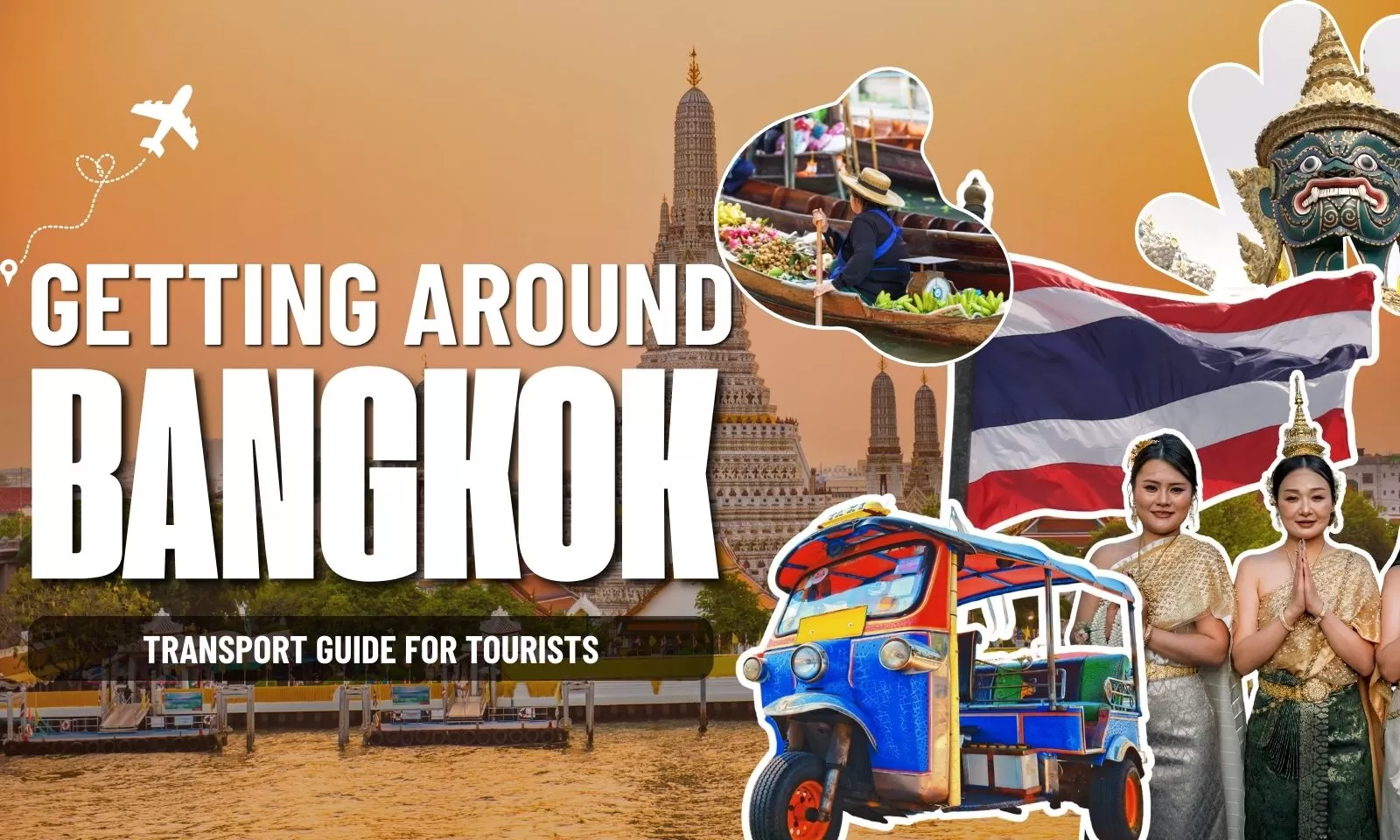
Getting around Bangkok: Transport guide for tourists
Getting around Bangkok can feel overwhelming, but it doesn’t have to be. From BTS and MRT to tuk-tuks and boats, our transport guide gives you the best tips to explore the city with ease. We also bring you practical tips for getting around. Start your journey smart with us now!

Bangkok is the capital and largest city of Thailand, a bustling metropolis where modern skyscrapers stand alongside ornate temples, lively marketsand endless street food stalls. Getting around Bangkok is an adventure in itself, with numerous ways to move through the city. From BTS Skytrain and MRT to tuk-tuks, boatsand even trips to nearby provinces, each option offers a unique experience.
This transport guide brings together the most practical tips, costs and local advice to help you travel smarter. Explore with confidence - let Hanoi Voyages be your guide to Bangkok transport!
Table of Contents
Best way to get around Bangkok
Getting around Bangkok is all about choosing what works best for your trip. From fast trains and river boats to colorful tuk-tuks, each option offers a different way to experience the city. Below, we break down the main transport modes so you can pick the one that fits your style and budget.
BTS Skytrain and MRT Subway
Bangkok’s BTS Skytrain and MRT Subway are the backbone of the city’s public transport system. Clean, air-conditioned and affordable, they’re the fastest way to escape the city’s traffic and reach top attractions with ease. This is also one of the best ways to get around Bangkok.
BTS Skytrain
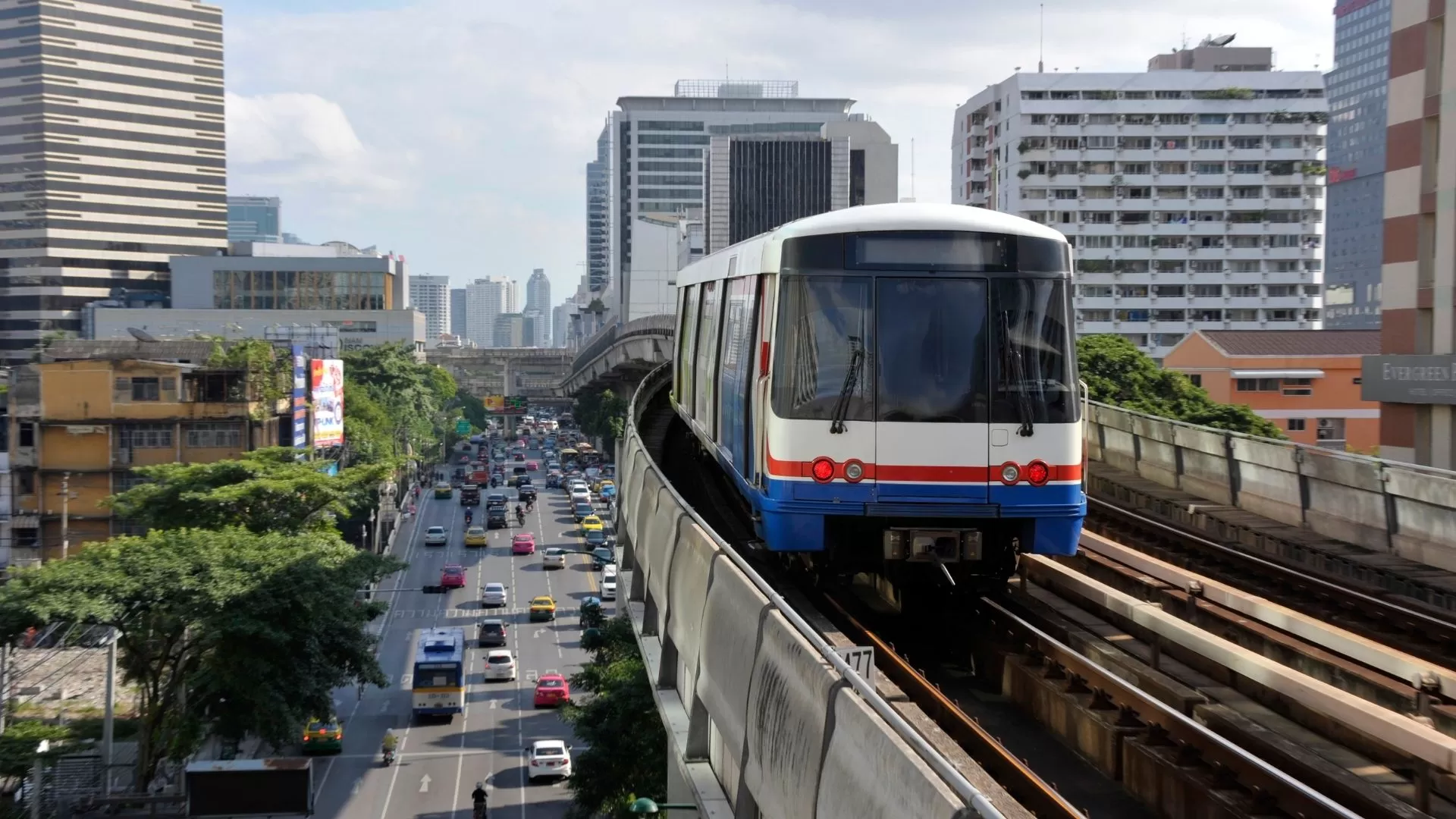
The BTS (Bangkok Mass Transit System) is an elevated train connecting major commercial and entertainment districts such as Sukhumvit, Silomand Siam. It’s ideal for shopping, nightlifeand central Bangkok exploration.
Operating hours: from 6:00 AM till midnight daily
Train frequency:
Peak hours: Every 2-3 minutes
Off-peak hours: Every 5-7 minutes
Fares: 16–59 THB depending on distance
Tickets & cards: Single-journey tickets available at machines; for frequent use, get a Rabbit Card to skip lines and save time.
MRT Subway
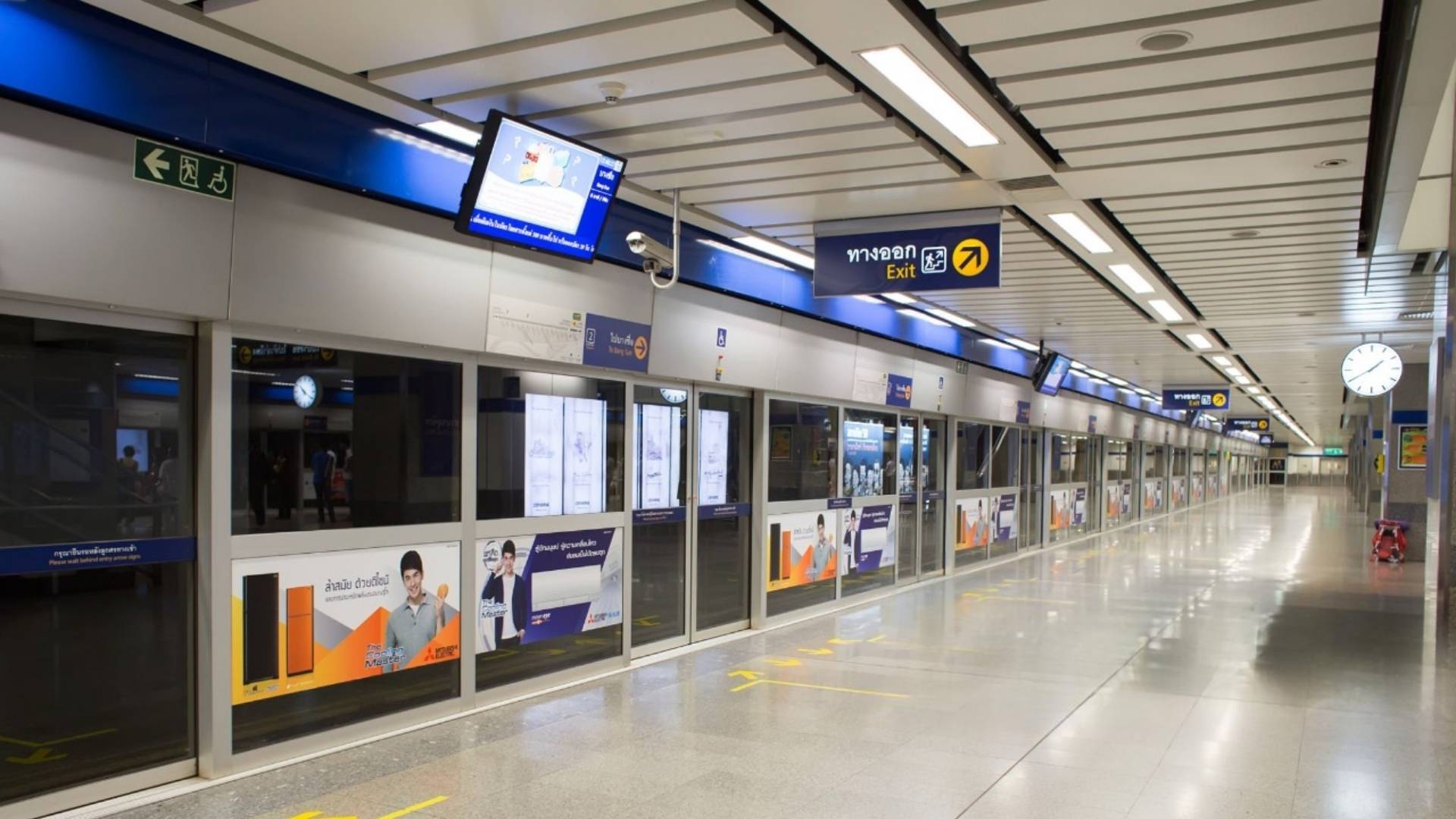
The MRT (Metropolitan Rapid Transit) is an underground train network that complements the BTS by covering areas like Chatuchak Market, Ratchada and the Old Town. It also connects to Hua Lamphong Railway Station for intercity travel.
Operating hours: 6:00 AM – midnight
Train frequency: Every 5–7 minutes
Fares: 17–43 THB depending on distance
Tickets & cards: Use single-journey tokens or an MRT Card for easier access.
Tuk-Tuks
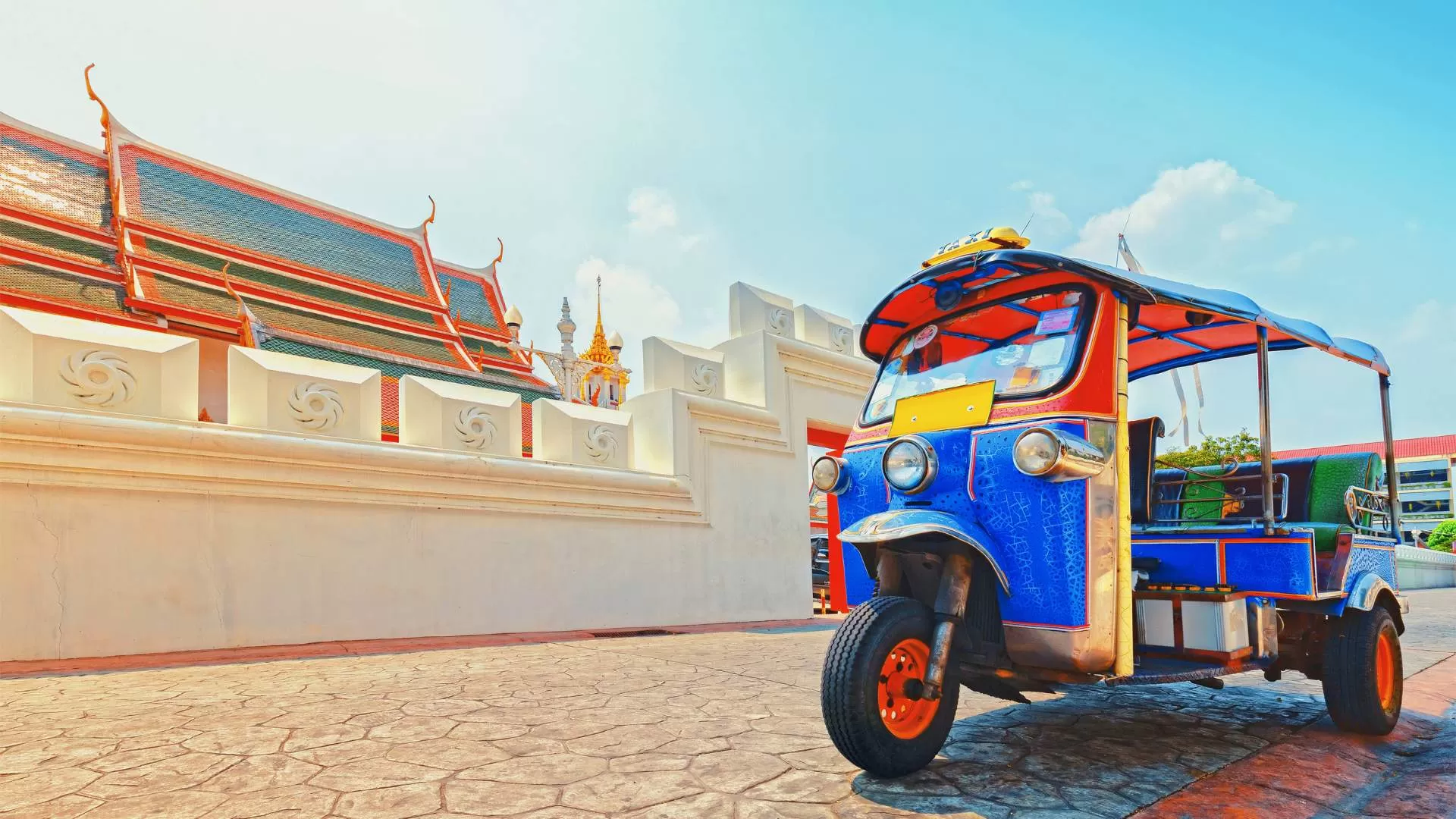
No trip to Bangkok feels complete without riding a tuk-tuk - the city’s iconic three-wheeled rickshaw. It’s a fun and unique way of getting around Bangkok. More than transport, it’s part of the city vibe, giving you an open-air ride through the buzzing streets.
Tuk-tuks are best for short trips around markets, temples, or nightlife spots. Fares aren’t metered, so always negotiate first.
- Price: 40 - 150 THB/ride
Taxis & ride-hailing
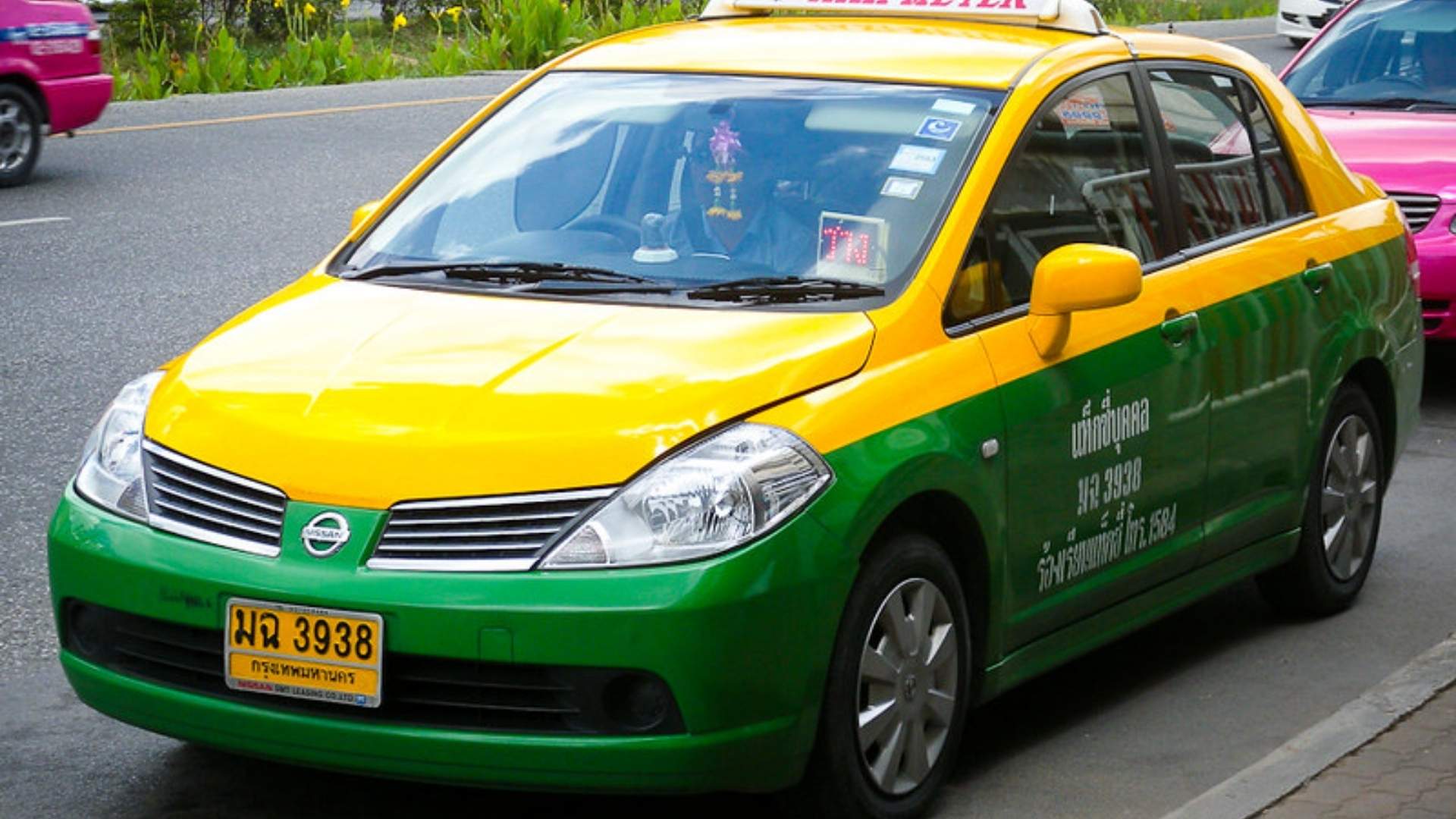
Taxis are widely available in Bangkok, offering air-conditioned comfort. Fares depend on factors like distance, traffic, and peak hours, so always make sure the driver uses the meter.
Ride-hailing apps like Grab add convenience by showing fares upfront and removing language barriers. They can cost a bit more during peak times but are reliable, especially for longer trips or when carrying luggage.
Songthaews
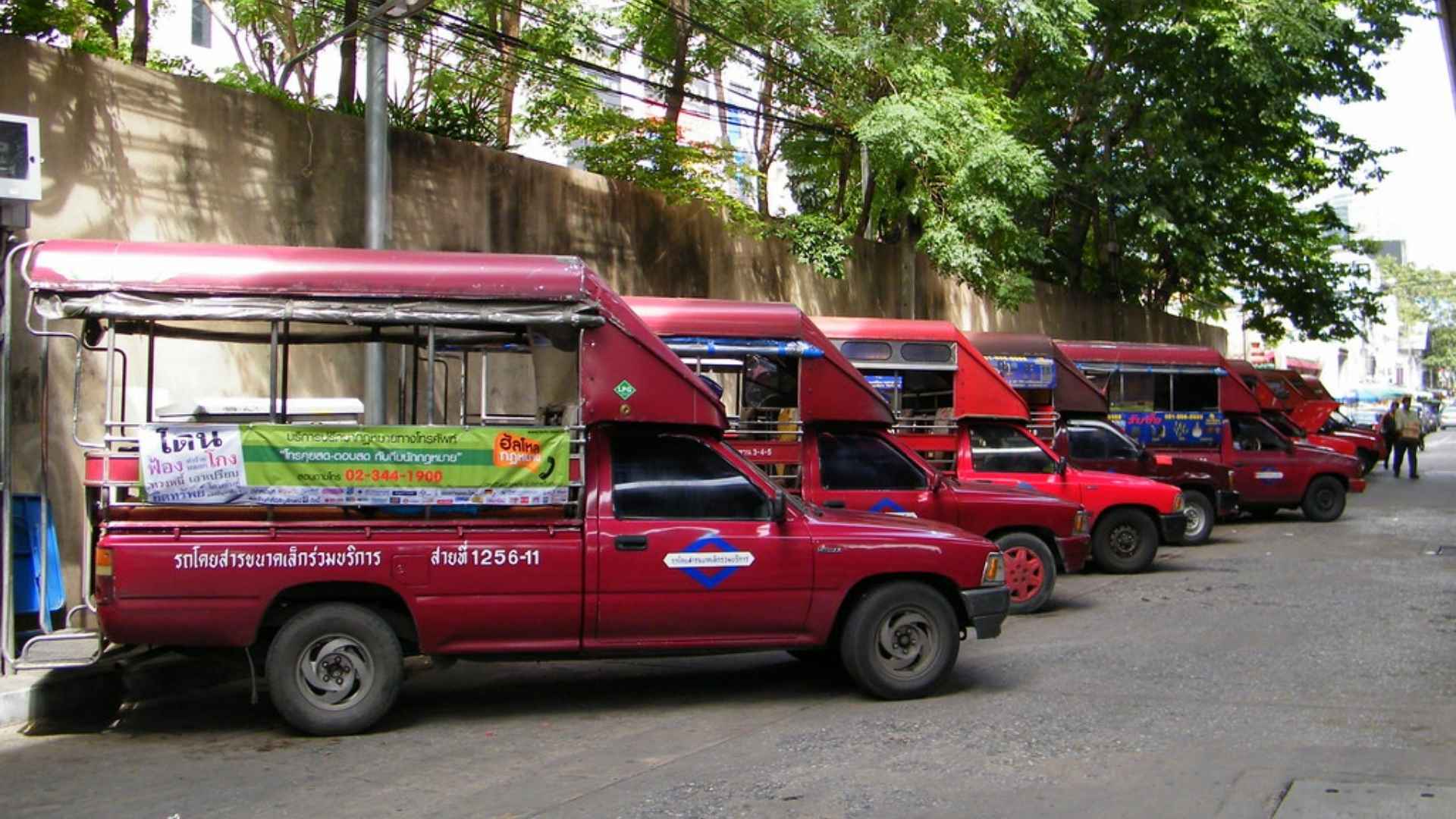
Songthaews are shared pickup trucks with two benches in the back – cheap, local, and widely used. In Bangkok, you’ll find them mostly in suburbs or areas not served by BTS or MRT. They run fixed routes, and you can hop on/off anytime by pressing the buzzer. Not the comfiest, but they’re a true local experience and a budget-friendly way to get around.
- Price: 10–40 THB/ride
Chao Phraya River Boats
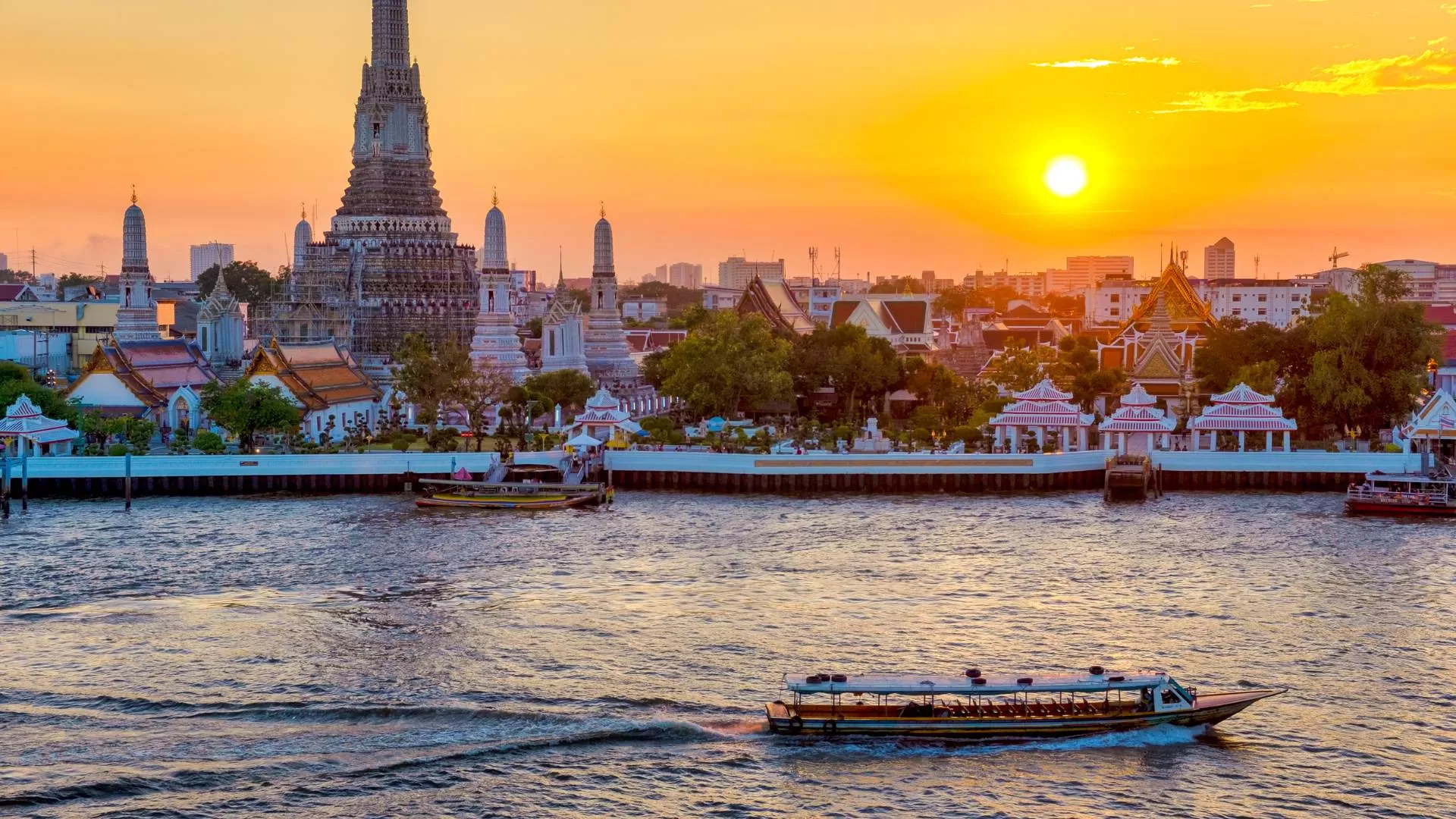
Exploring Bangkok by river is both practical and memorable. The Chao Phraya River Boats run along the city’s main waterway, linking attractions like the Grand Palace, Wat Arun, and Chinatown. A relaxed but efficient way of getting around Bangkok while enjoying the city’s skyline.
- Price: 16–20 THB/ride
For a deeper dive into riverside sights and experiences: Explore Bangkok along the Chao Phraya River
Transport from Bangkok to other cities and provinces
As Thailand’s main travel hub, Bangkok makes it easy to reach other cities and provinces. Whether you’re heading north to Chiang Mai, south to the islands, or east toward Cambodia, you’ll find plenty of options - from buses and trains to budget flights and private transfers. Below are the most common ways to travel from Bangkok to the rest of Thailand.
Trains
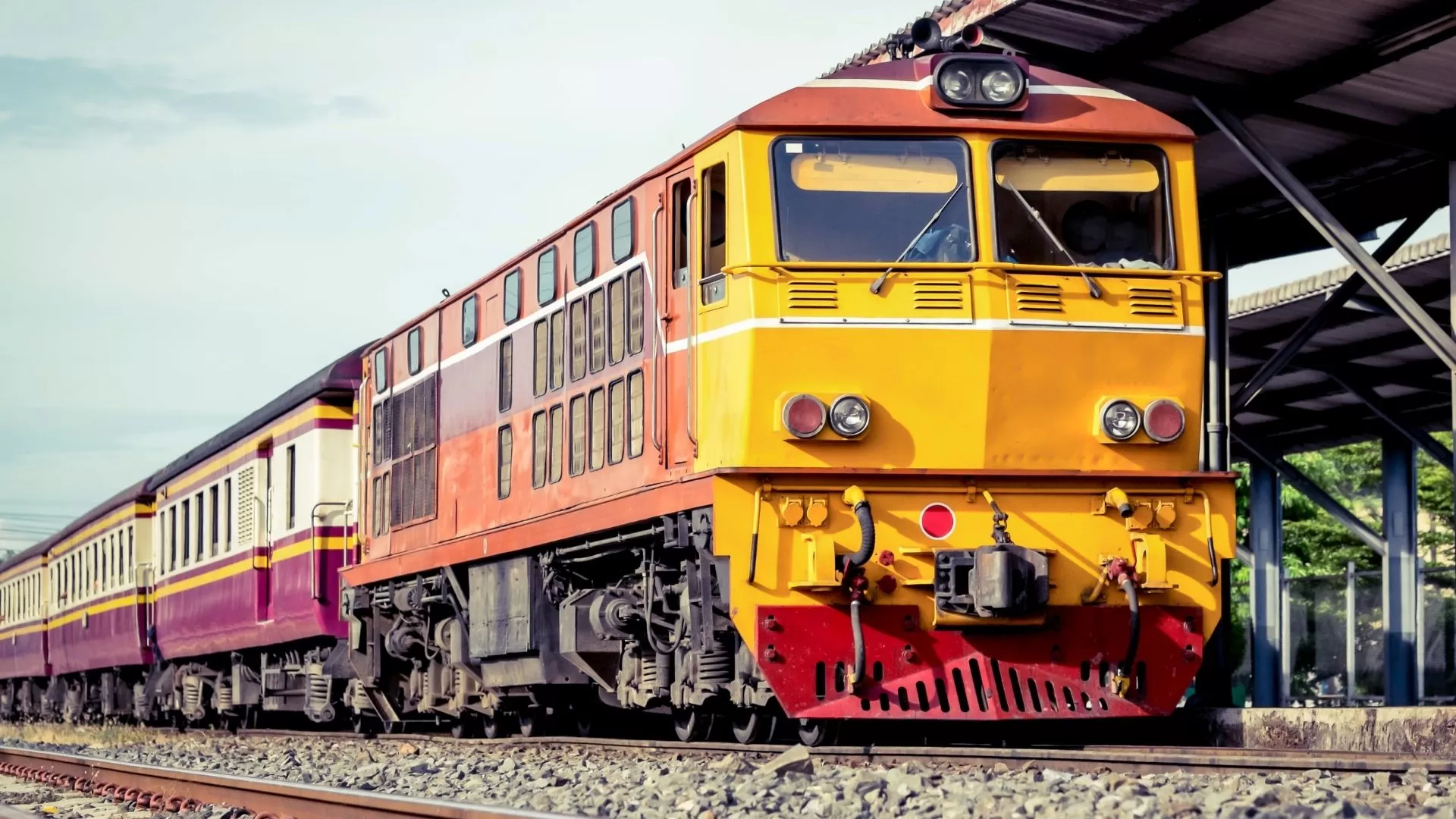
Taking the train from Bangkok is a scenic and budget-friendly way to explore Thailand. Services now run mainly from Bang Sue Grand Station (linked to the MRT), while Hua Lamphong still operates some routes.
The rail network connects Bangkok to the north (Chiang Mai), northeast (Isan cities), east (Pattaya), and south (Hua Hin, Surat Thani, Malaysian border). Trains aren’t the fastest, but they offer a relaxed, memorable journey through Thailand’s countryside.
Intercity buses and minivans
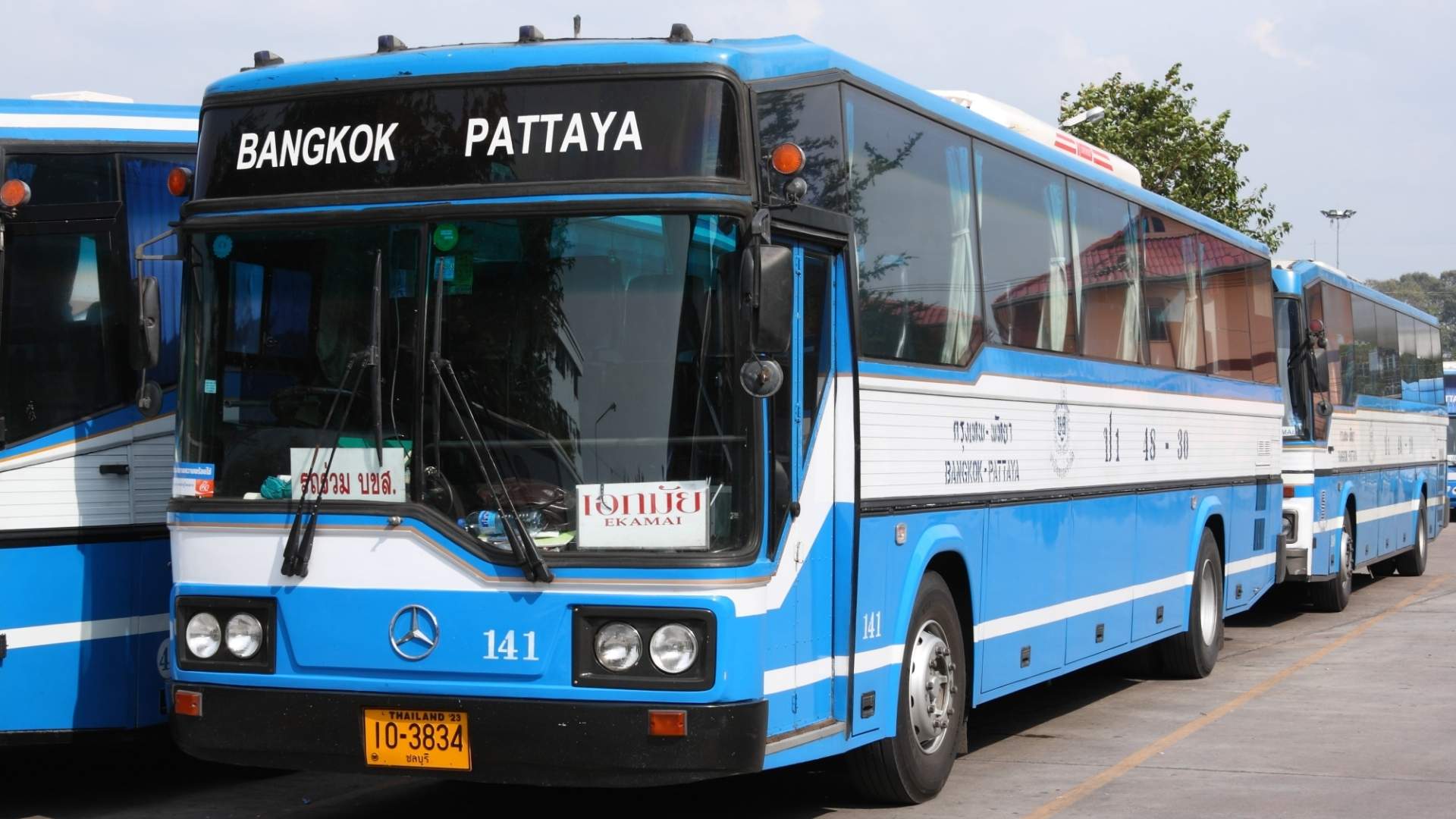
Buses and minivans are among the most affordable ways to travel from Bangkok across Thailand. Major hubs include Mo Chit (north & northeast), Ekkamai (east), and Sai Tai Mai (south & west).
Buses are better for long journeys, while minivans are faster but have limited luggage space. Popular routes include Bangkok–Pattaya, Bangkok–Hua Hin, and Chiang Mai–Pai.
Domestic flights
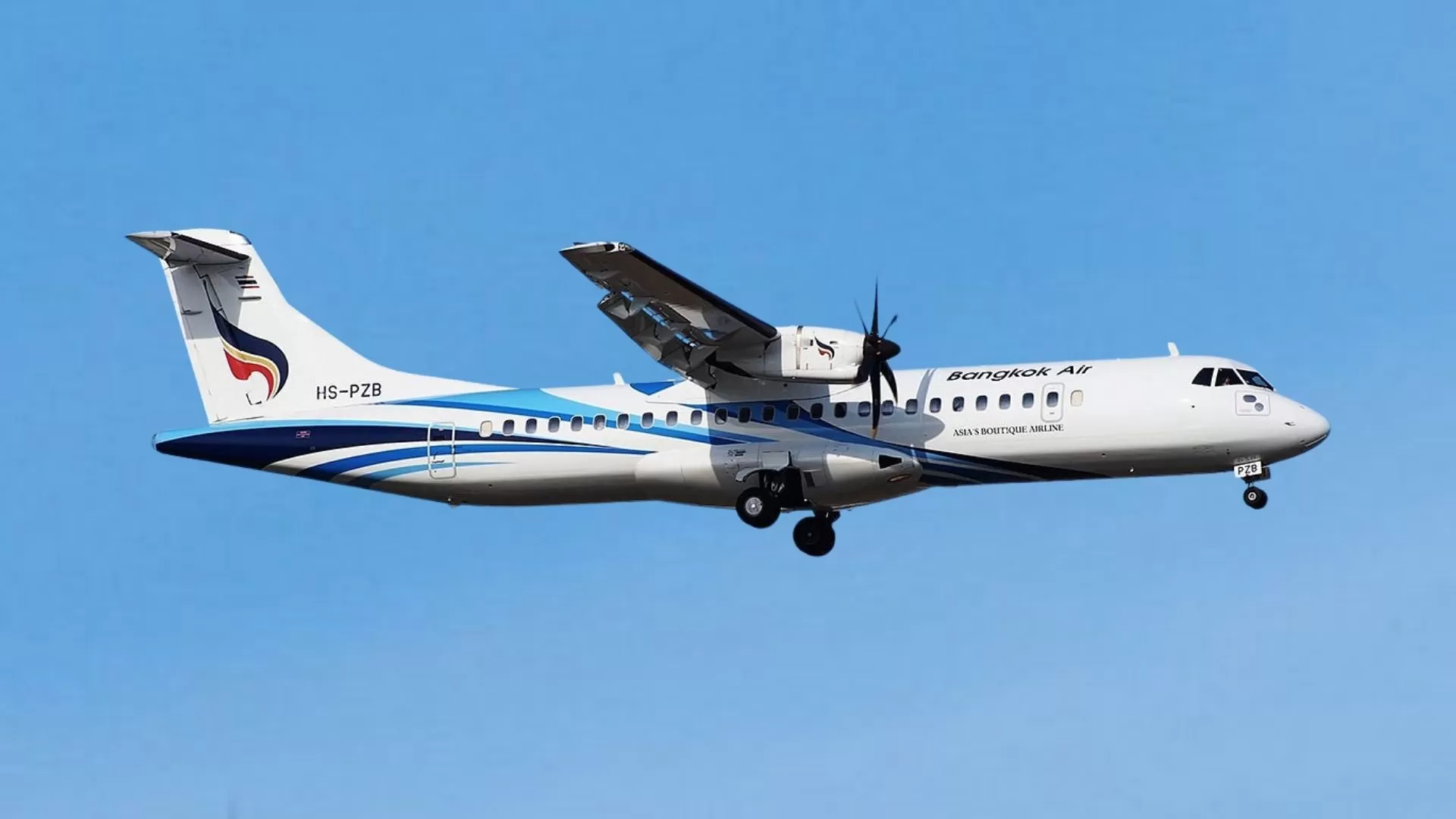
Flying is the quickest way to reach other provinces from Bangkok. The city has two airports: Suvarnabhumi (BKK) for full-service airlines like Thai Airways and Bangkok Airways, and Don Mueang (DMK) for budget carriers such as AirAsia, Nok Air, and VietJet Air.
Frequent flights connect Bangkok with Chiang Mai, Phuket, Krabi, Koh Samui, and many other key destinations, usually in under two hours. While tickets can be pricier than trains or buses, booking early often secures better deals.
Top attractions to visit in Bangkok for tourists
Bangkok is a vibrant city where golden temples meet modern skyscrapers, and bustling markets sit next to peaceful canals. From cultural landmarks to street food adventures and lively nightlife, the city has something for everyone. Exploring these highlights while getting around Bangkok makes the journey as exciting as the destinations themselves.
Grand Royal Palace & Wat Phra Kaew
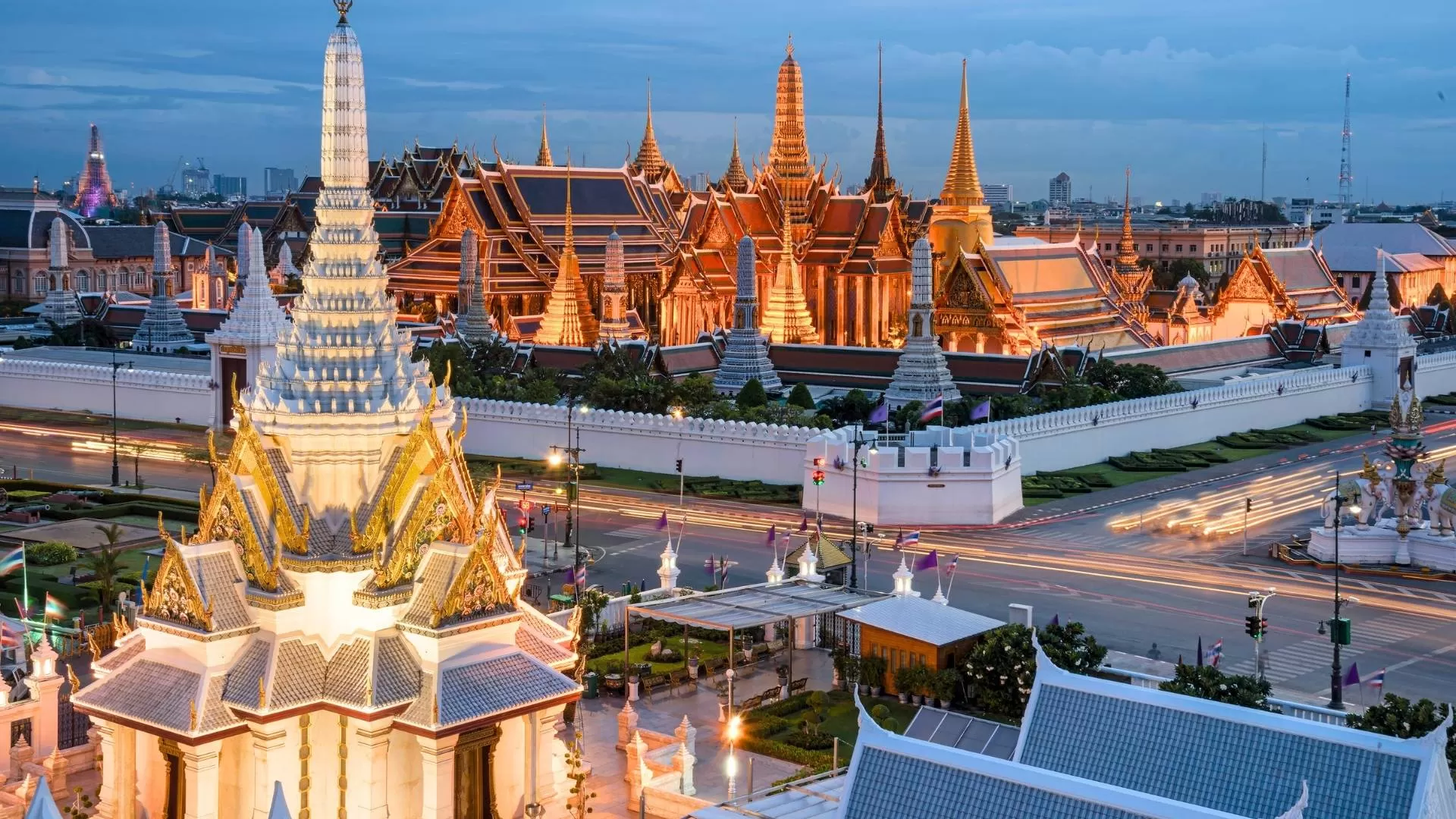 | 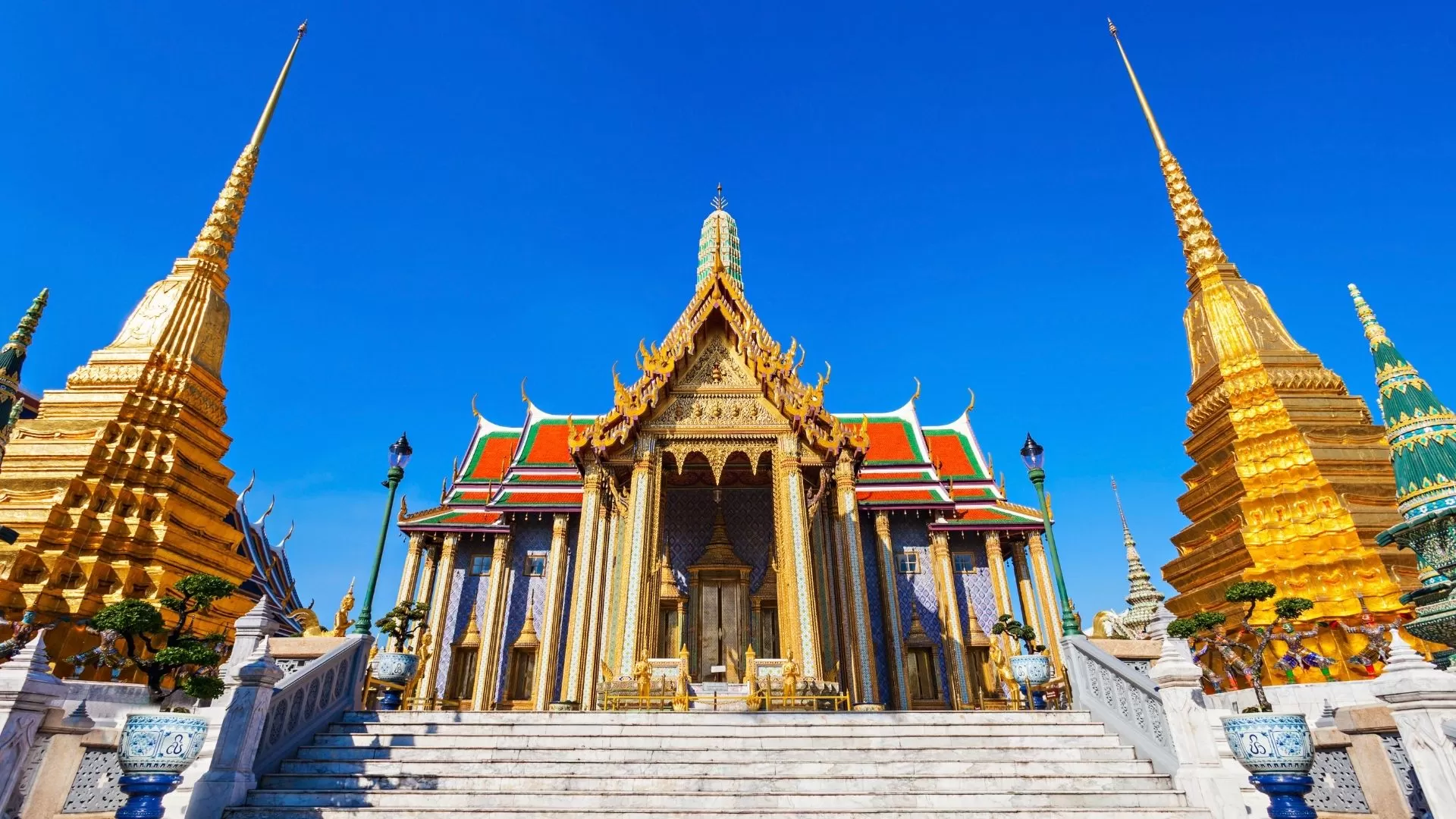 |
The Grand Palace, built in 1782, is Bangkok’s most famous landmark and once served as the royal residence for over 150 years. It remains a powerful symbol of Thai history and culture. Within the complex stands Wat Phra Kaew, the Temple of the Emerald Buddha, housing the country’s most sacred religious icon.
Visitors must follow a strict dress code (no shorts or sleeveless tops). The site gets very crowded, so it’s best to arrive early in the morning. Tickets are available at the entrance, and guided tours offer a deeper look into its fascinating history and architecture.
Wat Pho
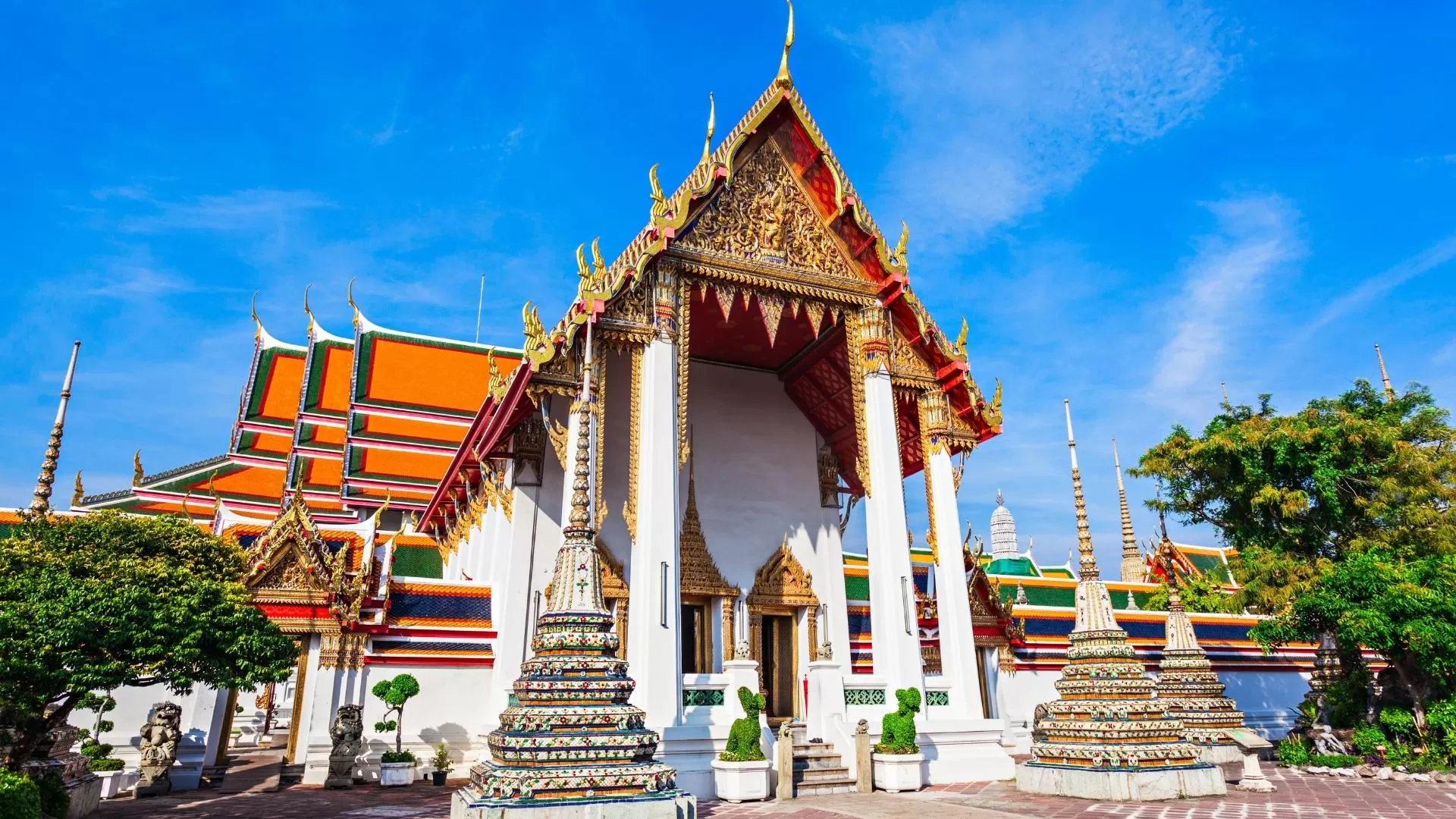
Wat Pho, one of Bangkok’s oldest temples, is home to the stunning 46-meter-long golden Reclining Buddha with beautifully detailed feet. Known as the birthplace of traditional Thai massage, the temple even has a massage school where visitors can try an authentic session.
Located just a short walk from the Grand Palace, it’s easy to combine both in one trip. Entrance fees are modest, dress codes apply, and visiting early helps you enjoy a calmer atmosphere.
Chinatown of Bangkok
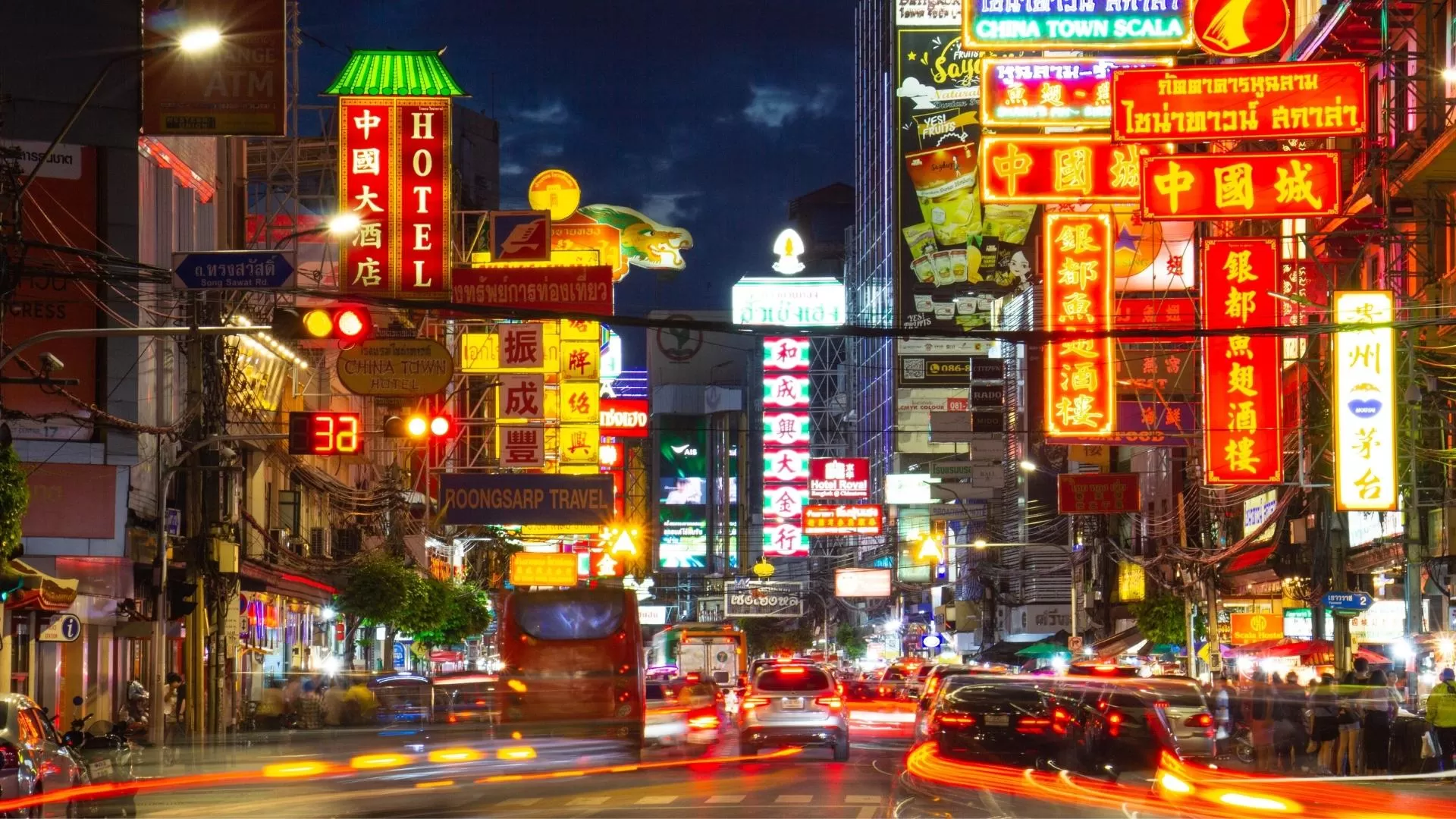
Bangkok’s Chinatown, known as Yaowarat Road, is a lively district packed with street food stalls, bustling markets, and gold shops. By night, Yaowarat Road glows with neon signs and aromas of dim sum, seafood, and roasted duck - making it a paradise for food lovers.
Beyond the food, you’ll find cultural spots like Wat Traimit with its solid gold Buddha, plus hidden alleys of traditional shops and herbal medicine. Whether for dinner, shopping, or just the vibrant vibe, Chinatown is a must-visit.
Khao San Road
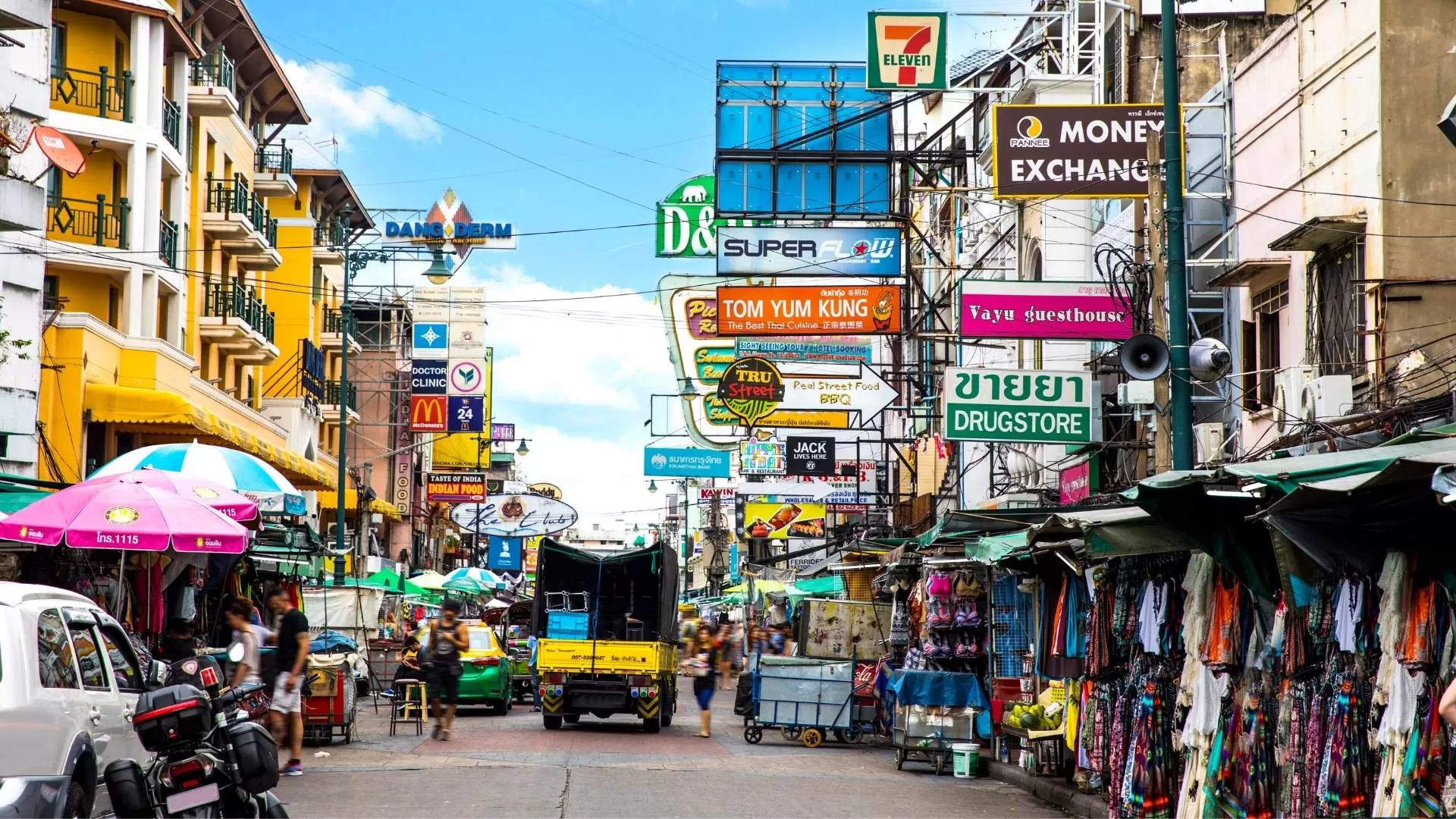
Known as Bangkok’s backpacker hub, Khao San Road is packed with budget hostels, street food, shops, and tour agencies. By day, travelers browse quirky stalls or grab cheap eats; by night, the street turns into a lively party scene with bars, music, and food vendors.
Close to landmarks like the Grand Palace and Wat Pho, it’s a fun base for those seeking nightlife, affordability, and Bangkok’s free-spirited vibe.
Jim Thompson House
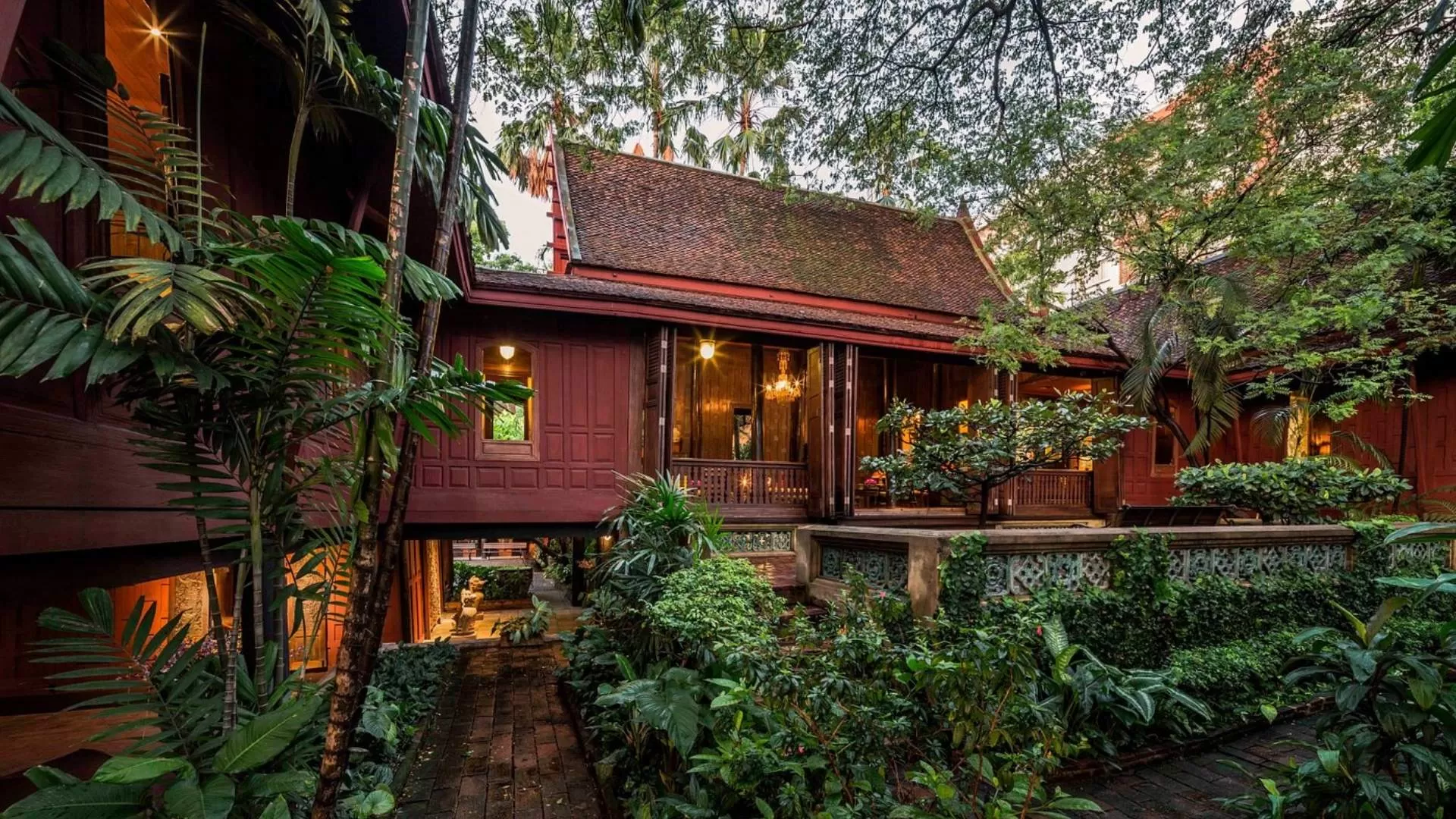
A traditional Thai-style home turned museum, the Jim Thompson House highlights teak architecture, lush gardens, and Southeast Asian art. Once owned by the American who revived Thailand’s silk industry, it also tells the story of his mysterious disappearance.
Located near BTS National Stadium, it’s a peaceful cultural stop for those interested in history, design, or a break from Bangkok’s busy streets.
At Hanoi Voyages, we craft Thailand tours tailored to your style and budget - from Bangkok highlights to authentic cultural experiences. Let us plan the details so you can enjoy an unforgettable journey.
👇
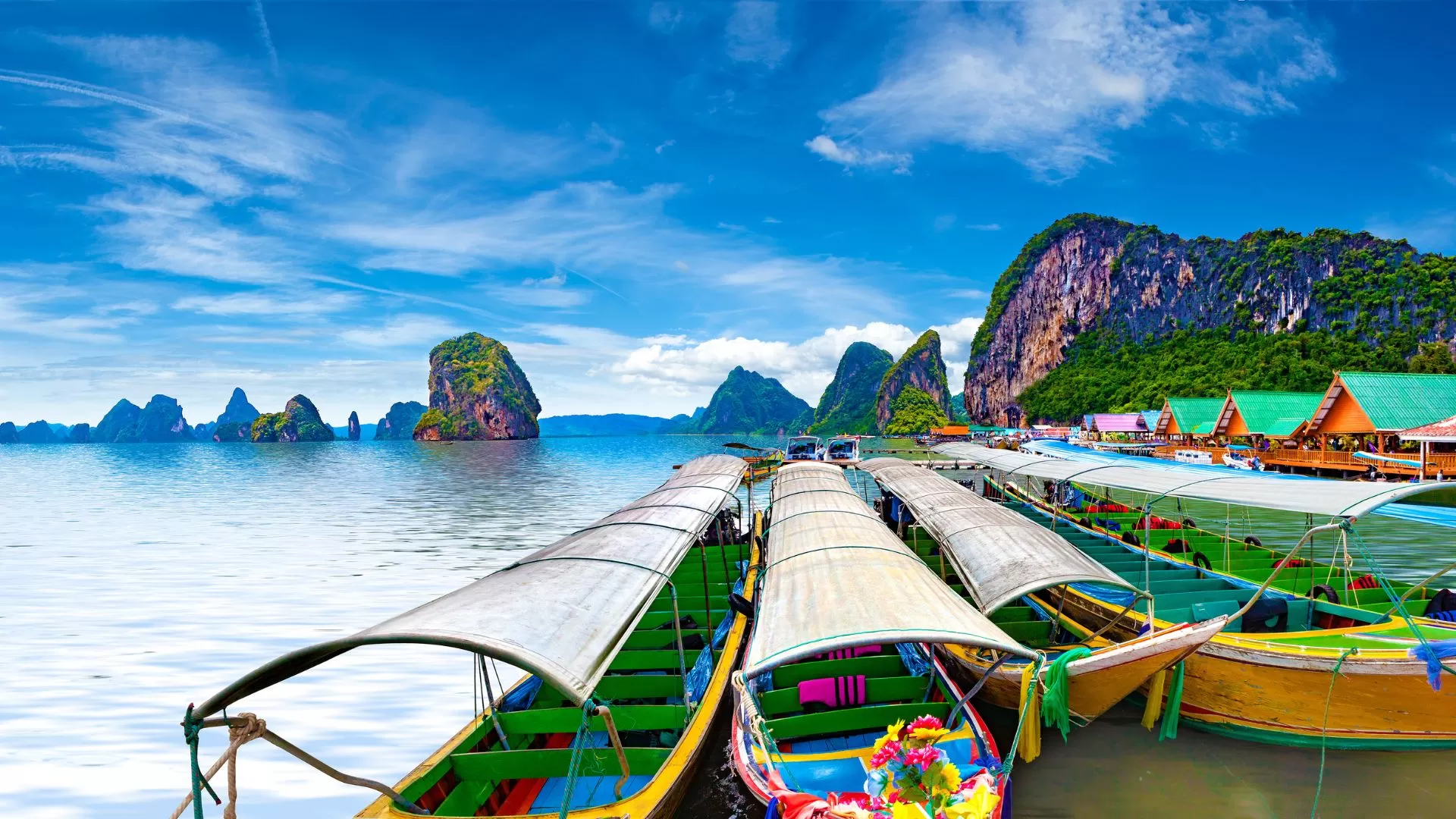 | 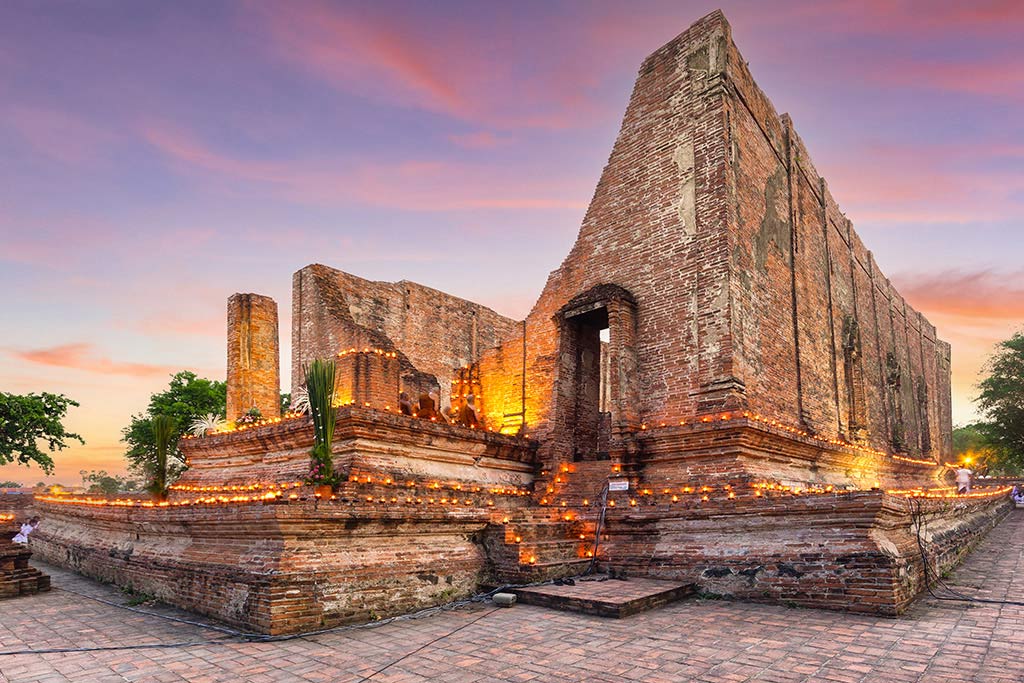 | 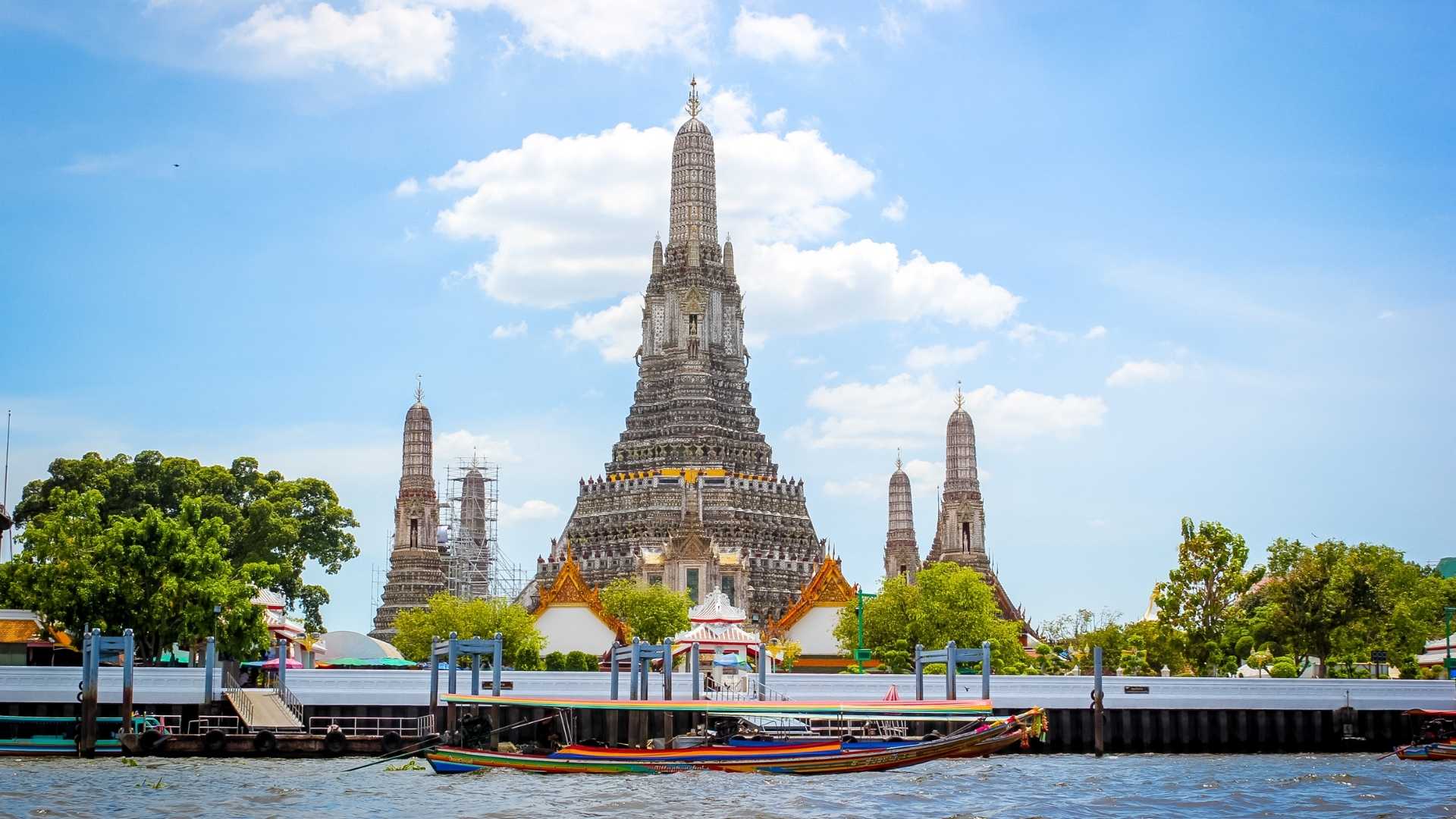 |
Thailand - Vietnam tour 14 days Explore Thailand’s vibrant sights and Vietnam’s breathtaking natural landscapes in one unforgettable journey | Central and Southern Thailand 15 days Central and Southern Thailand 15 days exploring the vibrant cities, stunning beaches, and natural wonders | Northern Thailand tour from Ayutthaya, discovering the magic of the North with its landscapes, the ethnic groups of Chiang Mai, and the Golden Triangle |
Travel tips for easy getting around Bangkok
Bangkok is an amazing city to explore, but its traffic and chaotic transport system can feel overwhelming for visitors. With a few smart tips, you can move around the city more smoothly, save money, and enjoy the journey without stress. These practical insights will help you master getting around Bangkok like a pro.
Best time to go to Bangkok
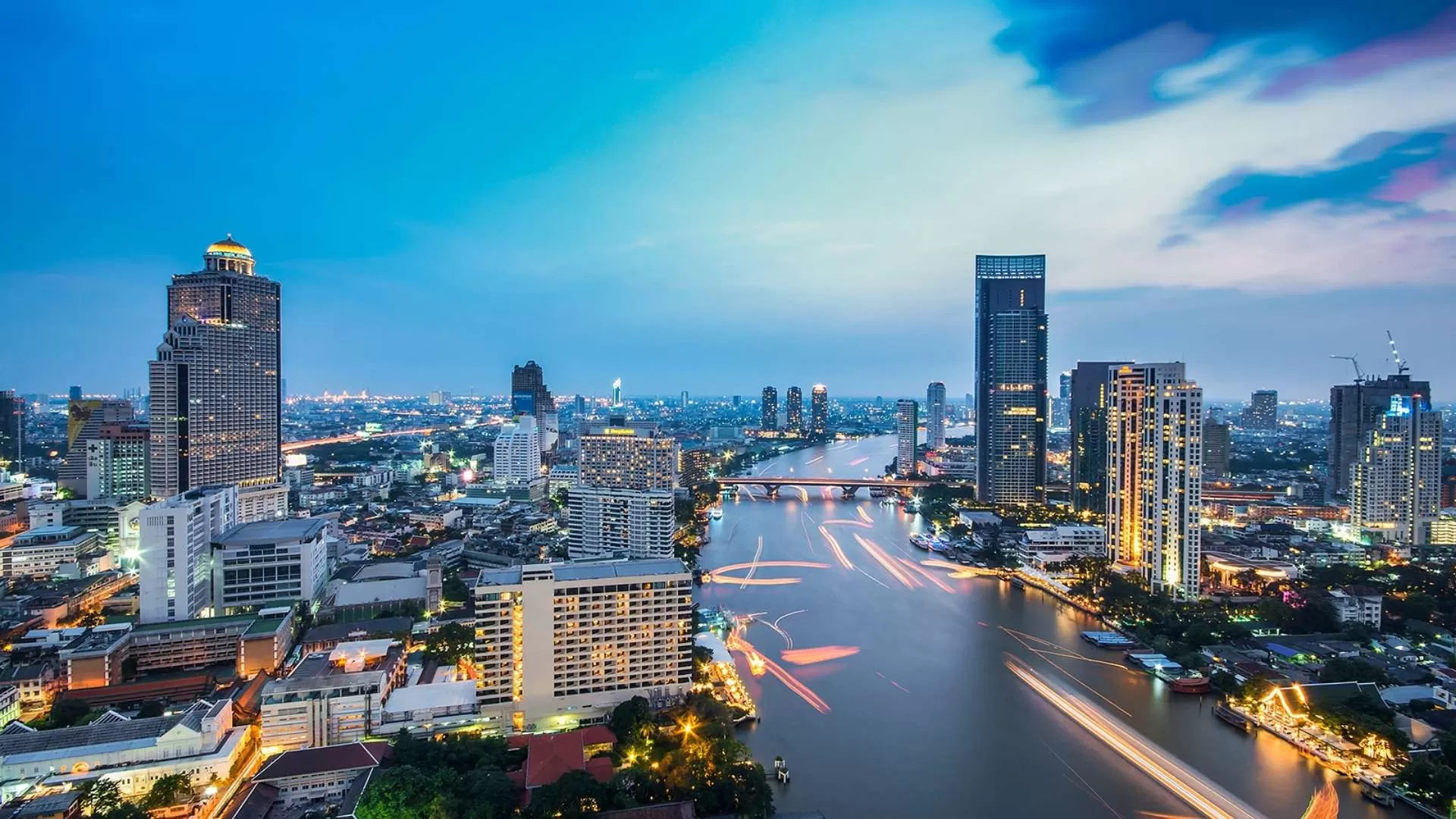
Bangkok has a tropical climate with three main seasons: hot, rainy, and cool. The most comfortable time to visit is during the cool season (November – February), with the temperature range from 26–30°C, and low humidity. This makes walking tours, temple visits, and nights out on rooftop bars far more enjoyable.
While Bangkok is a year-round destination, keep in mind that the hot season (March – May) can be intense, with temperatures soaring above 35°C. The rainy season (June – October) brings frequent downpours, but it also means fewer tourists and lower prices.
Transport options for your needs
Bangkok and Thailand offer plenty of ways to get around, but the best choice depends on your travel style and priorities. Here’s a breakdown to help you decide:
Families: Trains and intercity buses are spacious, affordable, and reliable, making long journeys less stressful. They have sleeper options, which can be fun for kids and practical for parents.
Couples: For comfort and privacy, taxis, ride-hailing apps like Grab, or private minivans are the way to go. They’re flexible and save you from the hassle of negotiating fares or navigating busy stations.
Solo travelers: BTS Skytrain, MRT, tuk-tuks, or songthaews are budget-friendly and perfect for hopping between attractions without overspending.
Groups: Private minivans or larger buses help you stay together while keeping costs low. Splitting the fare also makes it cheaper than multiple taxis.
Adventure seekers: Try river boats or canal ferries for a scenic ride, or hop on a tuk-tuk for getting around Bangkok’s lively streets.
Avoid scams and overpaying
Bangkok is generally safe, but like many popular tourist cities, scams and overcharging can still happen. Knowing what to look out for will help you save money and enjoy your trip with peace of mind.
Taxis and tuk-tuks: Always ask taxi drivers to switch on the meter. If they refuse, it’s best to find another taxi or use a ride-hailing app. Tuk-tuks are fun to try, but make sure you agree on the fare beforehand. Be cautious if a driver suggests “extra stops” at souvenir shops or travel agencies, as these are usually commission-based detours.
Tickets and tours: Fake or overpriced tickets are a common issue. To avoid this, purchase tickets directly from official counters at attractions or through trusted booking platforms like Klook or GetYourGuide.
Money and ATMs: Stick to ATMs inside banks to reduce the risk of card skimming. When exchanging money, count your cash carefully and avoid suspicious money changers offering unusually high rates.
Pickpocketing: Crowded areas like Chatuchak Market, Khao San Road, or boat piers can be hotspots for pickpockets. Keep your bag in front of you, zip it up securely, and avoid leaving valuables in your back pocket.
When to avoid traffic
Bangkok is famous for heavy traffic jams, and knowing when to avoid them can save you hours.
Busiest times: Weekday mornings (7:00 – 9:00 AM) and evenings (4:30 – 7:30 PM), especially around business districts, shopping areas, and tourist sites.
Best times to go out: Late mornings or early afternoons, when roads are calmer.
Better alternatives: Use BTS Skytrain, MRT, or river ferries during rush hours - they’re faster and more reliable than taxis or tuk-tuks.
Learn a few Thai phrases
While many people in Bangkok, especially in tourist areas, speak basic English, knowing a few simple Thai phrases can make your trip smoother and more enjoyable. Locals often appreciate the effort, and it can help you connect on a more personal level while bargaining, ordering food, or asking for directions.
Here are a few phrases worth remembering:
Sawasdee kha/krub – Hello (female/male speaker)
Khob khun kha/krub – Thank you (female/male speaker)
Tao rai? – How much?
Mai ao – No, thank you
Chai / Mai chai – Yes / No
Getting around Bangkok doesn’t have to be overwhelming. Once you get familiar with the city’s transport options - from the fast and convenient BTS Skytrain, MRT, and river ferries to iconic tuk-tuks, taxis, and intercity connections – you’ll see how easy it is to explore. Each choice has its own perks, whether you’re looking for speed, budget-friendly travel, or a more local experience.
Keep in mind the best way of getting around Bangkok and the essential tips we’ve shared throughout this guide to travel smarter, save time, and enjoy a hassle-free experience. Start planning your Bangkok adventure today with Hanoi Voyages!
Dream about your trip to Asia, in private
We are here to make it happen with youFREE QUOTE, WITHOUT OBLIGATION






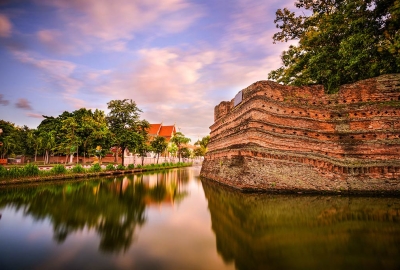
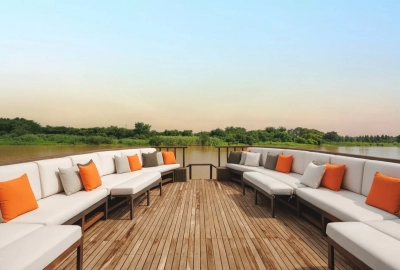
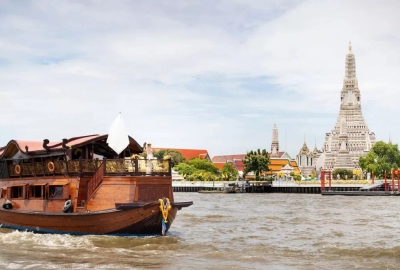
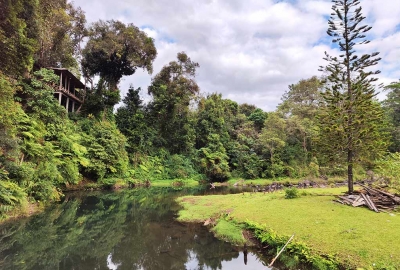

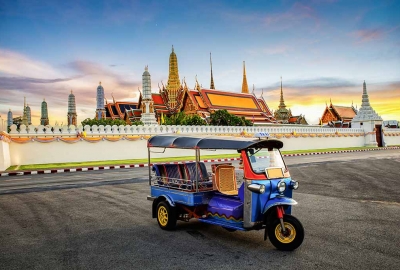
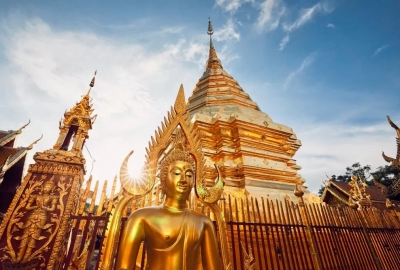
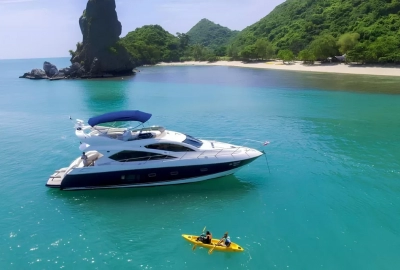
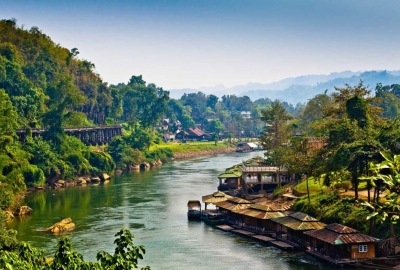
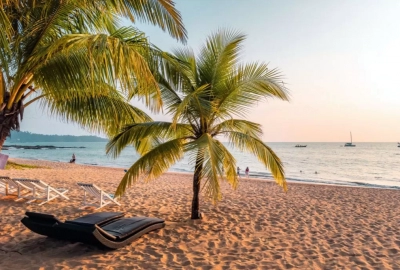
.webp)
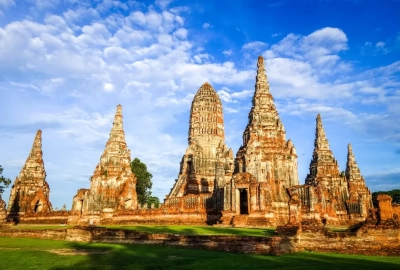
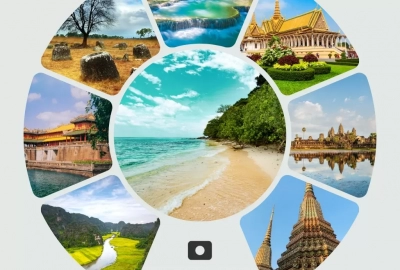
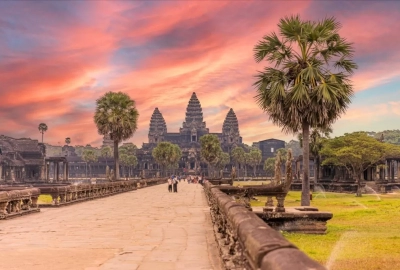
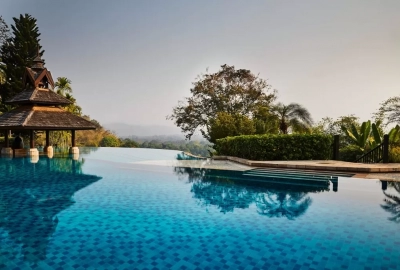
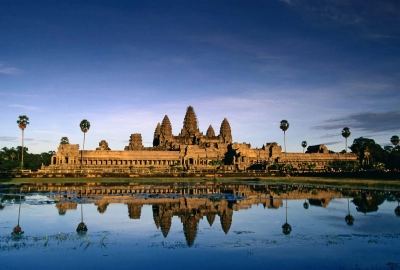


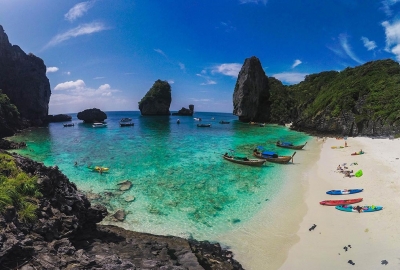




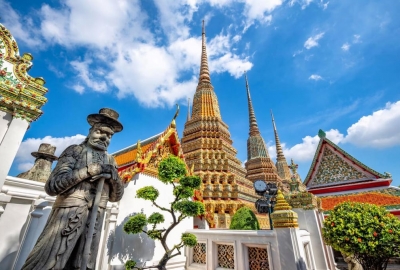
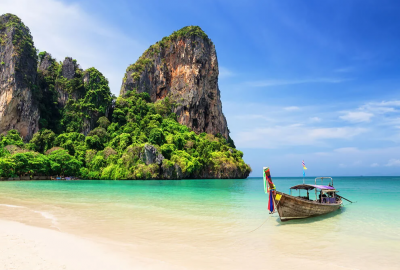
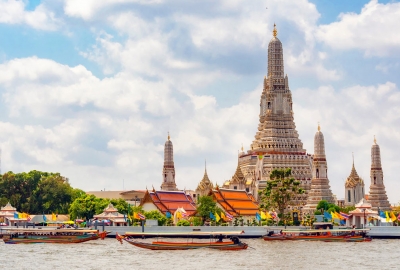
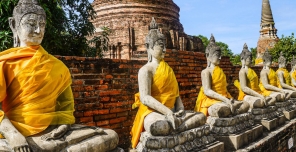
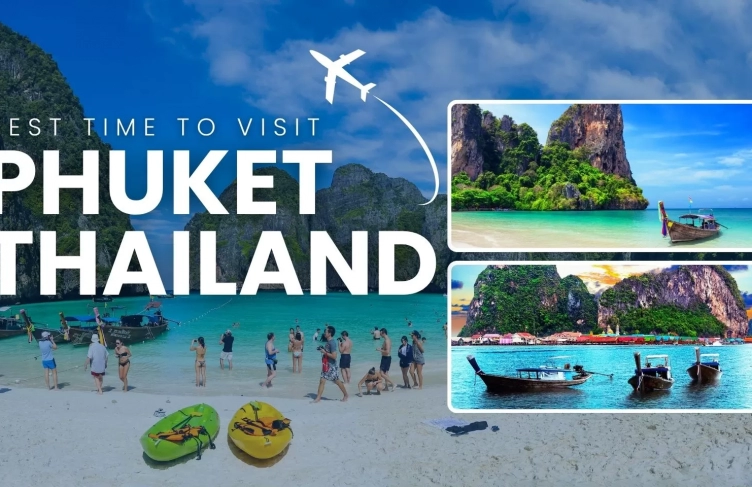



.webp)



